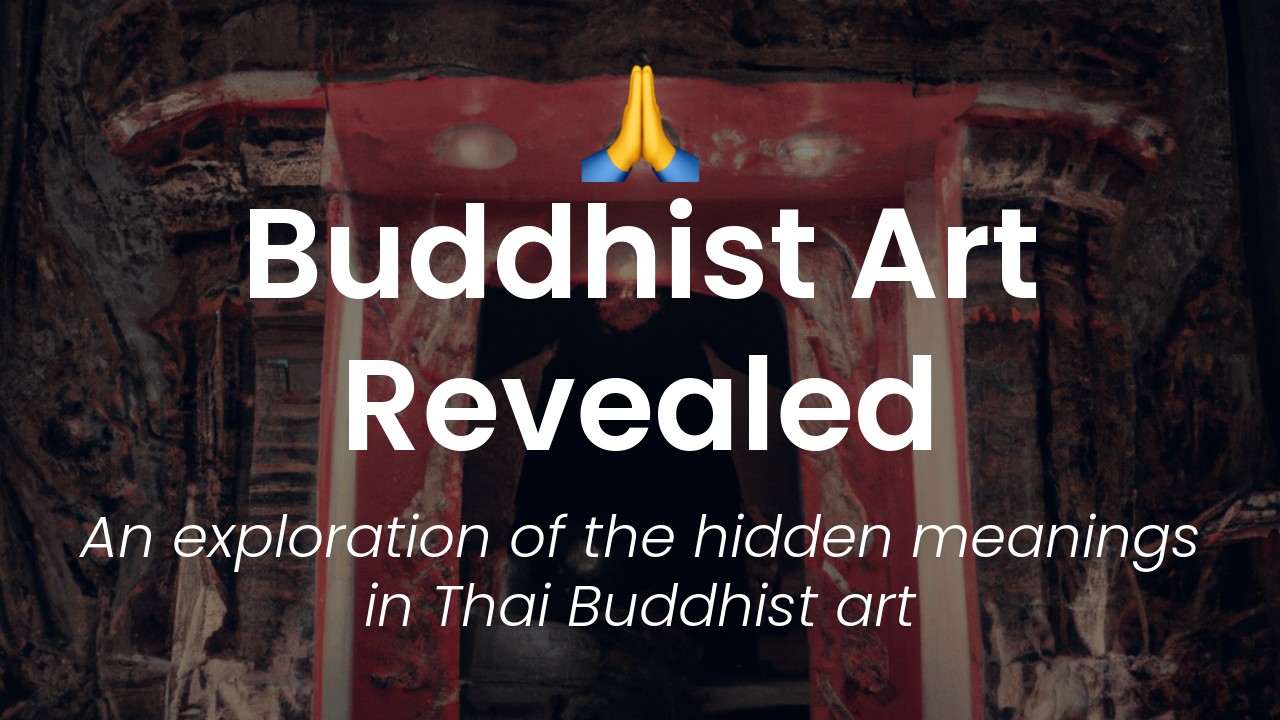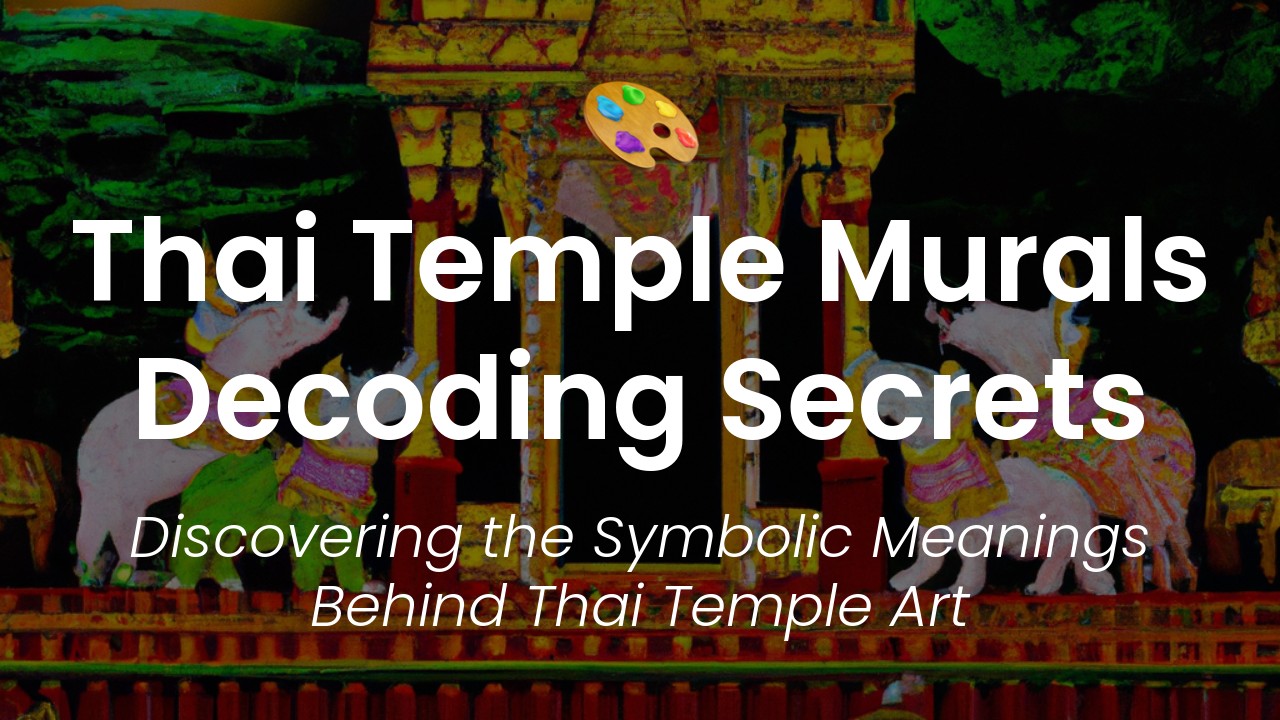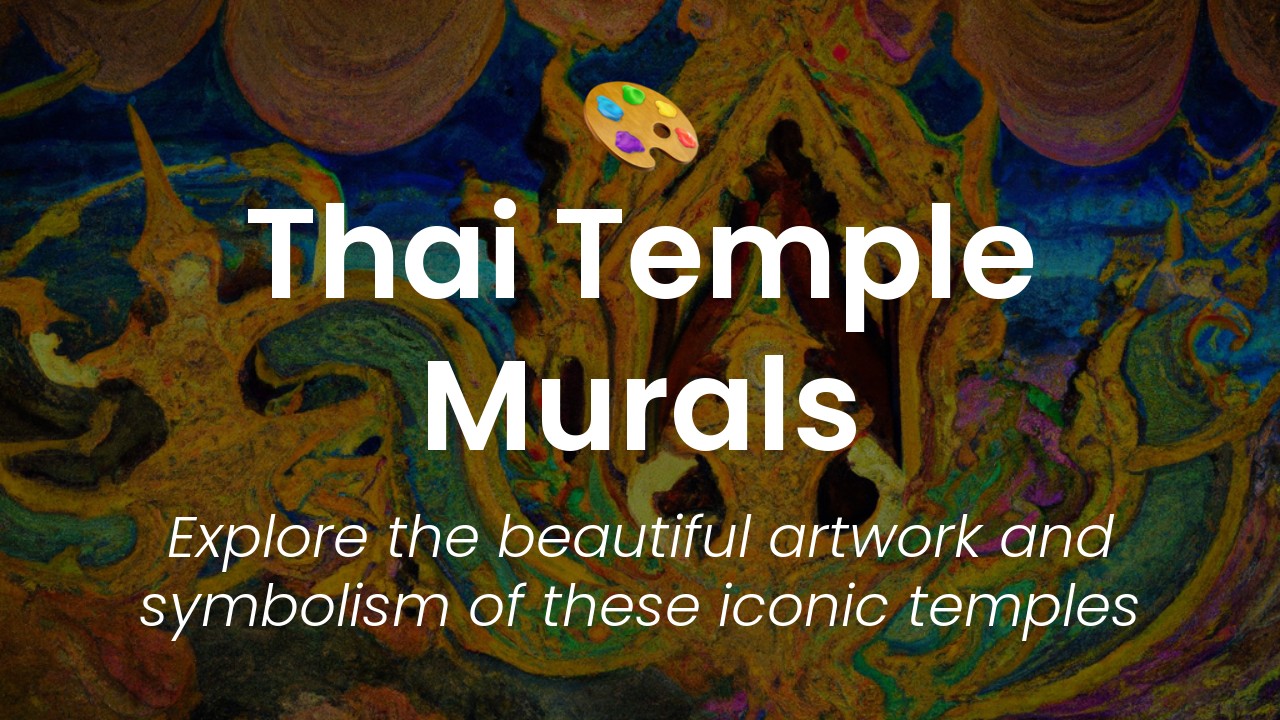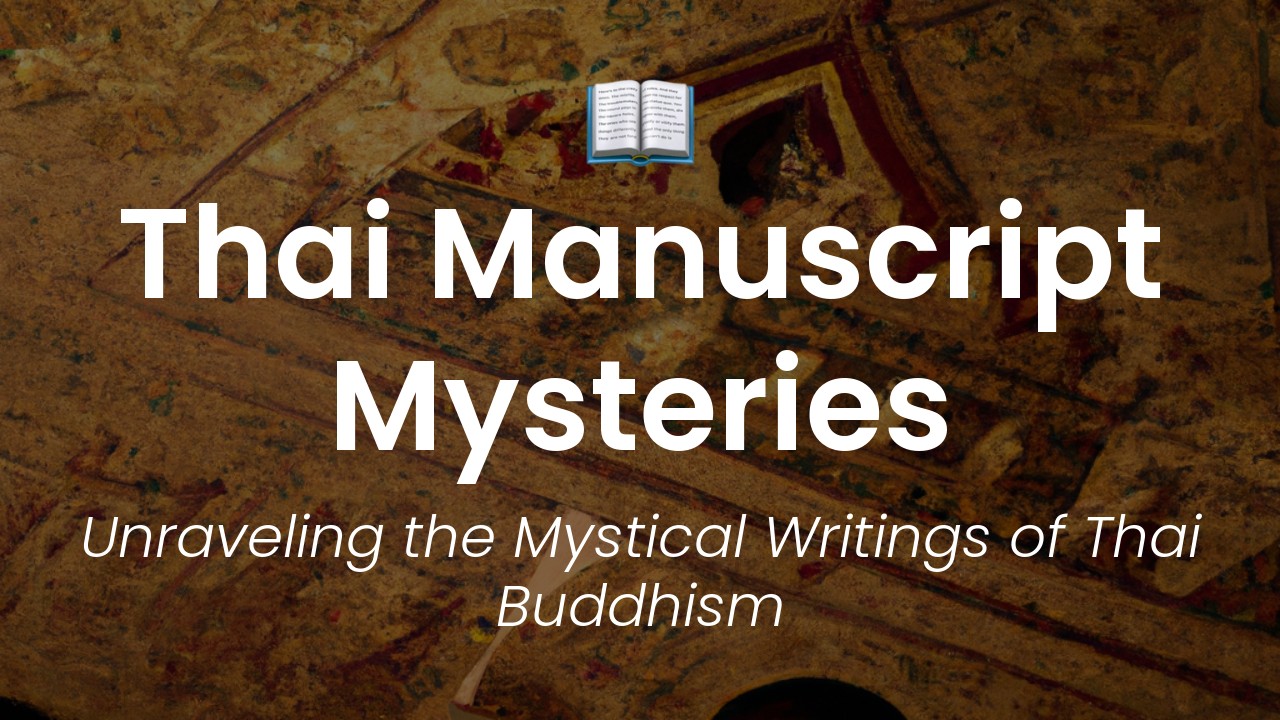I'm always captivated by the beauty of Thai architecture. Whether it's the ornate carvings in the temples or the intricately detailed stupa structures, there's something about these ancient buildings that fascinates me. I am Sirinya, and in this blog article, I will take you on a journey to explore some of the most enchanting stupa architectures in Thailand.
Stupas or Chedis are an important part of Thai culture and religion, as they contain Buddhist relics and serve as a place of worship and meditation for many Thai people. These structures are found all over Thailand and come in various shapes and sizes. From the ancient ruins of Sukhothai to the majestic stupas of Bangkok, each stupa has its unique history and significance that connects the people to their past.
In this blog post, I will not only showcase the beauty of these stupas but also delve deeper into their cultural importance. By exploring the architecture and designs of these stupas, we can gain a deeper understanding of Thai beliefs and traditions. So, join me on a journey to uncover the enchanting stupa architecture of Thailand and explore the rich culture that it embodies.
The History of Stupa Architecture in Thailand
Stupas, also known as chedis in Thai, are a key part of Thai architecture and culture. These distinctive structures can be found throughout Thailand, from ancient ruins to modern-day temples. But where did the tradition of stupa architecture begin?
The origins of stupa architecture can be traced back to ancient India, where the first stupas were built to enshrine the ashes of the Buddha. Over time, the tradition spread throughout Southeast Asia, and Thailand became a center of stupa construction and design.
The earliest stupas in Thailand were built during the Dvaravati period, around the 6th to 11th centuries CE. These early stupas were relatively simple in design, consisting of a hemispherical dome topped with a spire or umbrella-shaped protrusion.
During the Sukhothai period, from the 13th to 14th centuries CE, stupas began to take on more elaborate forms. The style of stupa construction during this period, known as the 'Lopburi style,' features multiple layers of stepped platforms leading up to the main body of the stupa.
In the Ayutthaya period, from the 14th to 18th centuries CE, stupa architecture reached its peak in Thailand. The Ayutthaya style featured large and ornate stupas with intricate carvings, sculptures, and gold leaf decorations.
Today, stupa architecture continues to evolve and adapt to modern-day Thailand. Many new stupas incorporate elements of traditional design with modern materials and technologies.
The Symbolism Behind Stupas in Thai Culture
The stupa is more than just a beautiful architectural feature in Thai culture. It is also a powerful symbol with deep spiritual and religious meaning.
At its core, the stupa represents the Buddha's enlightenment and his teachings, known as the Dharma. The dome shape of the stupa represents the Buddha's perfect wisdom, while the spire symbolizes his enlightenment and ascension to a higher state of being.
The layers of stepped platforms that are often seen in Thai stupas represent the eight-fold path to enlightenment, which includes right intention, right speech, right action, right mindfulness, and other important tenets.
In addition to its religious symbolism, the stupa is also seen as a source of spiritual energy and power. Many Thai people believe that visiting a stupa can bring good luck, fortune, and blessings.
Unique Characteristics of Thai Stupas
While stupas can be found in many different countries and cultures, Thai stupas have some unique characteristics that set them apart.
One of the most striking features of Thai stupas is their use of gold leaf. It is not uncommon to see entire stupas covered in shimmering gold leaf, which is seen as a way of expressing devotion and reverence to the Buddha.
Another unique feature of Thai stupas is the use of colorful mosaic tiles to create intricate designs and patterns on the surface of the stupa. These tiles are carefully arranged to create images of the Buddha, sacred symbols, and other important religious figures.
Thai stupas also often feature elaborate carvings and sculptures, depicting scenes from Buddhist scripture, historical events, and daily life. These carvings are often incredibly detailed and illustrate the skill and craftsmanship of Thai artists.
Famous Stupas in Thailand to Visit
There are countless stupas to visit throughout Thailand, each with its own unique history and symbolism. Here are just a few of the most famous stupas that every visitor to Thailand should see:
- The Emerald Buddha Temple (Wat Phra Kaew) in Bangkok is home to one of the most sacred and revered stupas in Thailand. Here, visitors can see the famous Emerald Buddha, a stunning statue made entirely of jade, as well as the towering main stupa of the temple.
- The White Temple (Wat Rong Khun) in Chiang Rai is a more modern interpretation of the stupa, designed by famous Thai artist Chalermchai Kositpipat. The temple features a brilliant white exterior decorated with shimmering pieces of glass, and the interior is filled with striking contemporary paintings.
- The Sukhothai Historical Park is a UNESCO World Heritage Site that preserves the ruins of the ancient city of Sukhothai, including dozens of incredible stupas. These stupas reflect the Lopburi style of architecture and feature multiple levels of stepped platforms leading up to the main stupa.
How to Properly Respect Stupas During Your Visit
Visiting a stupa in Thailand is an incredible experience, but it is important to remember that these structures are also sacred and deeply revered by Thai people. Here are some tips for showing proper respect when visiting a stupa:
- Dress appropriately: When visiting a stupa, it is important to dress modestly and cover your shoulders and knees. Many temples and stupas also require visitors to remove their shoes before entering.
- Don't touch the stupa: Many stupas are off-limits to visitors, and even those that are open for viewing should not be touched. This is seen as a sign of disrespect and can damage the structure.
- Be quiet and respectful: When visiting a stupa, it is important to be quiet and respectful, even if there are no signs asking for silence. This is particularly important if people are praying or offering offerings at the stupa.
- Make a donation: Many stupas rely on donations from visitors to support their upkeep and maintenance. Consider making a small donation to the temple or stupa you are visiting to show your appreciation.
Stupa Architecture in Modern-day Thailand
While the tradition of stupa architecture in Thailand has a long and rich history, it is also adapting and evolving to modern-day Thailand. Many new stupas are incorporating modern materials and technologies, like steel and glass, while still staying true to traditional design principles.
One notable example is the Mahasamutr Country Club in Hua Hin, which features a modern, all-glass stupa with sweeping views of the surrounding countryside. The stupa is unlike any other in Thailand, but it still incorporates important elements of traditional Thai design, like the spire and stepped platforms.
As Thailand continues to modernize and evolve, it is likely that stupa architecture will continue to be a key part of Thai culture and identity.
Conclusion: Stupa Architecture as a Window into Thai Culture
Thai stupa architecture is more than just a beautiful feature of the Thai landscape. It is a powerful symbol of the country's religious and cultural heritage, a source of spiritual energy and power, and a fascinating window into Thailand's rich history and evolving identity.
Whether visiting the towering stupas of Bangkok or the ancient ruins of Ayutthaya, every visitor to Thailand should take the time to appreciate the intricate artistry and profound symbolism of the stupa.





